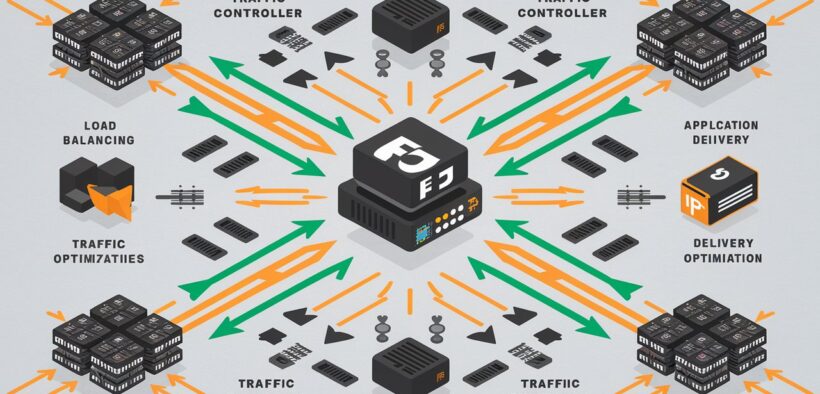F5 BIG-IP Malware: Stealthy Weapon for Hackers’ Long-Term Data Theft
Share

F5 BIG-IP malware has emerged as a serious threat to network security, exploiting vulnerabilities in widely used network traffic management devices. A recent report by Sygnia, a cybersecurity firm, details a concerning campaign by the suspected Chinese hacking group “Velvet Ant” that leveraged F5 BIG-IP malware to gain persistent network access and steal sensitive data for an extended period. This incident highlights the critical need for organizations to prioritize the security of their F5 BIG-IP devices, particularly those that are outdated or internet-facing.
Sygnia’s forensic investigation revealed a meticulous approach by Velvet Ant. The attackers targeted outdated and internet-facing F5 BIG-IP devices, exploiting known remote code execution vulnerabilities. This initial compromise allowed them to install custom malware, including PlugX, a well-known tool for remote access and data exfiltration used by Chinese hackers for over a decade.
The true innovation in this attack involved the compromised F5 BIG-IP devices themselves. Sygnia reported that Velvet Ant repurposed these devices as internal Command and Control (C2) servers. This provided a strategic advantage:
- Persistent Network Access: The attackers maintained a foothold within the network, blending their malicious traffic with legitimate traffic, making detection significantly more challenging.
- Unfettered Data Exfiltration: The malware facilitated remote access and data theft, enabling Velvet Ant to steal customer and financial information for an extended period, as noted in the Sygnia report: “The threat actor achieved remarkable persistence by establishing and maintaining multiple footholds within the victim company’s environment.”
This incident underscores the critical need for robust network security practices, particularly concerning legacy systems. As highlighted by Sygnia, these outdated devices can harbor vulnerabilities that sophisticated attackers readily exploit. Here are some key security measures to mitigate such risks:
- Patch Management: Regularly applying security patches to F5 BIG-IP devices and other network equipment is paramount to address known vulnerabilities.
- Network Segmentation: Implementing strict network segmentation creates isolated zones within the network, limiting the potential impact of a breach.
- Outbound Traffic Control: Restricting outbound connections minimizes the ability of malware to communicate with C2 servers .
- Endpoint Detection and Response: Deploying robust EDR systems with anti-tampering features enables real-time threat detection and response.
- Edge Device Security: Edge network devices , often overlooked in security strategies, require patch management, intrusion detection, and consideration of cloud-based solutions for improved security.
The Sygnia report serves as a stark reminder that cybercriminals are constantly refining their tactics. By prioritizing the security of legacy systems and adhering to these best practices, organizations can significantly reduce their susceptibility to F5 BIG-IP malware attacks and similar threats.










